This is actually a tour organized by Fo Guang Shan (佛光山 - Buddha Light) Singapore. Through a series of 'coincidences' in the last few months, YS managed to hear about this tour. He invited a few of us and I found my schedule to be very accommodating during this period. Two groups departing at different dates were organized, the first group departs a day before the Lunar New Year and will come back on the day we are departing. So as not to miss the Lunar New Year dinner and catch-up with relatives, we decided to go for the second group.
There were 15 members in the first group. We were in the second group with YS being the Group Leader and I am the Group Member. :P There was a briefing session being held a week before our departure. The cost of the tour is S$1000 (minus NT400) and the entire travel fees go into the air ticket. It is especially expensive during the CNY period (I have verified online). Accommodations and food are provided free.
We rendezvous at the Changi Terminal 1 airport. There are only a few flights between Singapore and Kaohsiung by China Airlines in a week.
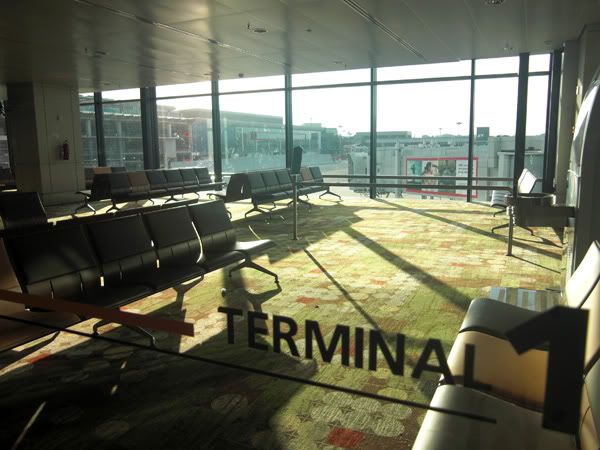
Ven Ru Ying has arranged a transport pickup at Kaohsiung Xiao Gang (小港) airport. We departed Singapore at 7.35pm and arrived at Kaohsiung at 11.45pm. It is close to midnight and the airport is empty. We were told to wear the prominent Fo Guang Shan yellow vest so the driver will be able to recognize us. It was indeed a relief when we saw the driver after the customs (there was no one at the arrival hall except for him, dressed in the prominent yellow vest). We took a group photo before departing. Really grateful to him for picking us up. The journey from the airport to Fo Guang Shan is around 40mins. Taiwan is right-hand drive and it took us a while to get used to the traffic flow.
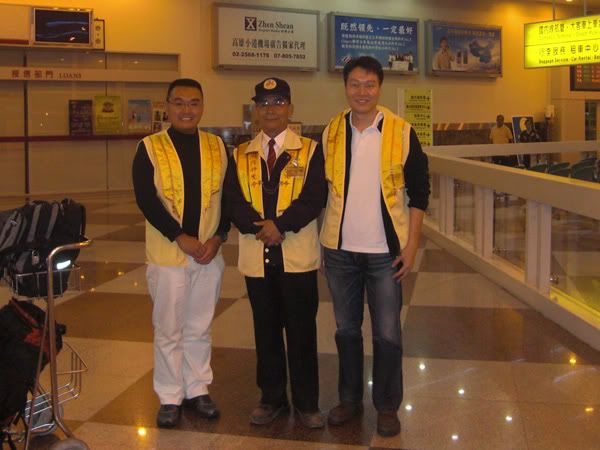
Here is the map of Fo Guang Shan Monastery (佛光山寺). There are many different versions of the map available but I like this one the best. It provides altitude contour so it will give visitors a feel of the climb they will be making when visiting the various sights.
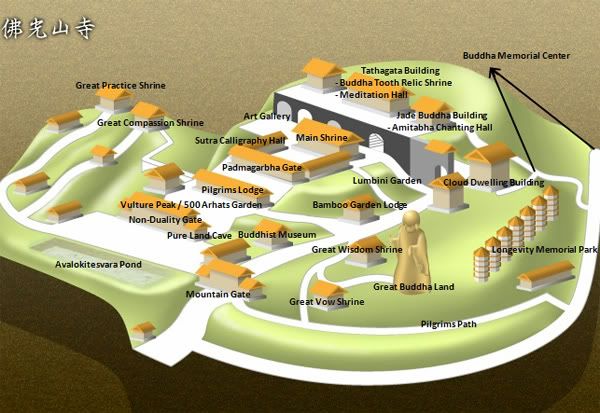
Now is the Spring Festival season in Taiwan and they have a series of activities all around the monastery ground. The activities are listed below (it is all in Chinese). We attended all the activities mentioned below and it will be shared in all Fo Guang Shan related posts.
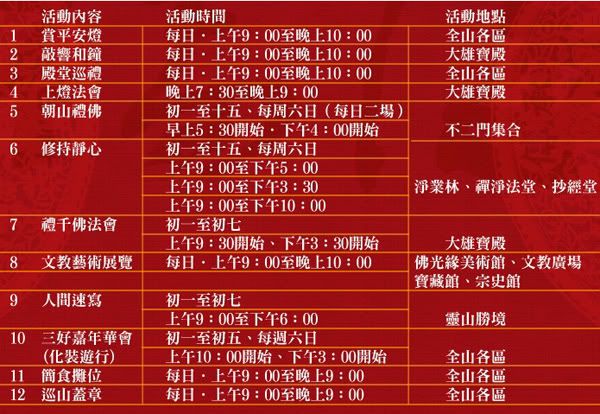
We arrived at Fo Guang Shan around 12.40am. Here is the path leading towards the Mountain Gate (头山门) for vehicles. There is a Tusita Convenience Store conveniently located next to the main entrance.

We arrived at the Pilgrims Lodge and walked up the stairs to the second floor. The corridor is very well-kept with paintings placed along the walls. There is no one around the second floor reception but they are just a phone call away. We got our keys promptly and off we go to our rooms.
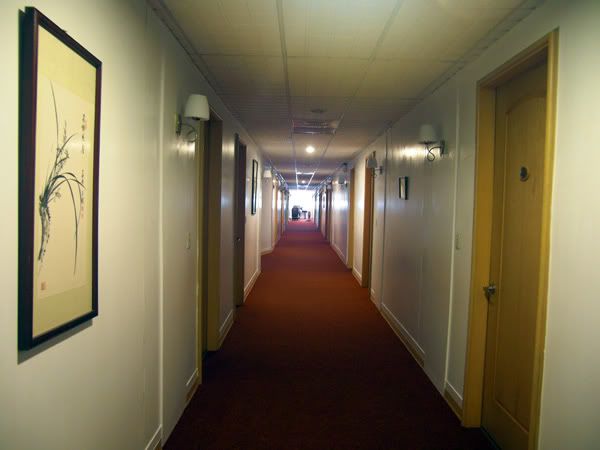
As we walked into our rooms, I was totally unprepared for the scene to come. I was expecting to stay in a large dormitory (based on my previous temple stay experience). It is a far cry from what I was anticipating. We have a personal double-bed room! There's even a TV that come along with it and free-flow of drinks. It is definitely splendid living. Every rooms come with air-conditioning and attached bathrooms/toilets. Looks like we are going to enjoy our vacation here in Fo Guang Shan.

Meals are also included and there are fixed timings for them. Breakfast starts at 6.30am and ends at 8.30am. Lunch is 11am till 2pm. Dinner starts from 6pm and ends around 8pm. Our 'restaurant' is conveniently located at the first floor of the Pilgrims Lodge. There are over 100 different TV programmes shown, providing endless entertainment when we were in the room.

We woke up at 9am the next morning (as it will be for the next 3 days). The weather is splendid and it is cooling at around 16 degrees celsius. It seems the natural air-conditioning has been turned on for us. Thus we enjoy a great deal of rest every night. We began exploring the place with the most important gate leading up to the main shrine - the Non-Duality Gate (不二门).

The Non-Duality Gate oversees a large compound where performances are frequently held. Here is a tribal performance at 9.30am.
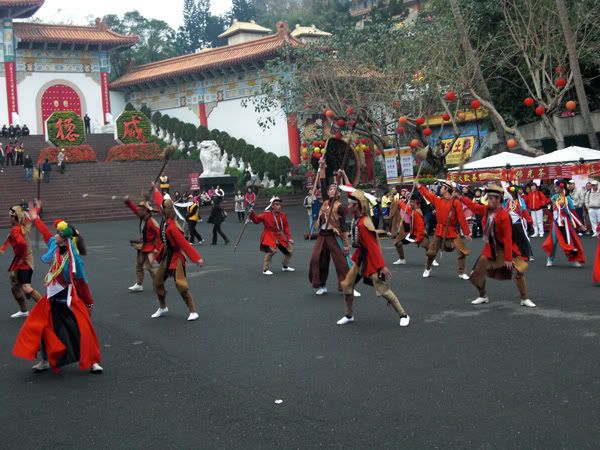
Past the Non-Duality Gate is Vulture's Peak (灵山胜景). Please visit the Fo Guang Shan English website for more information on why the names are given. Vulture's Peak is where the Buddha gave several important teachings in India.
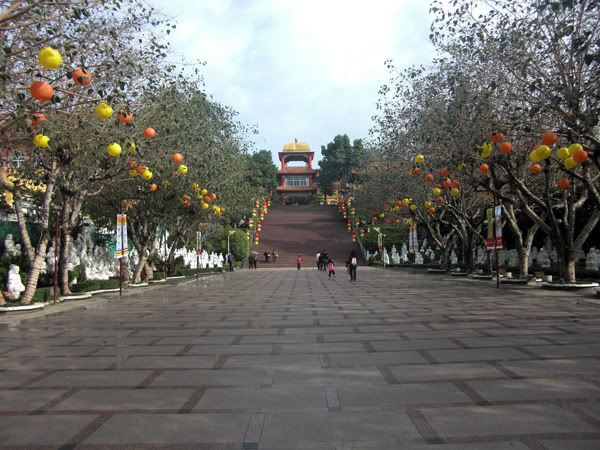
There are many beautifully curved sculptures of Arahats along the passageway at Vulture's Peak. This is known as the 500 Arahats Garden (五百罗汉).

Past the flight of stairs leading up from Vulture's Peak, we have the Pilgrim Lodge (朝山会馆). This is where we will be staying in the next few days. It is centrally located. As such, we can take pit stops back in our room or bring our purchases back easily. Besides the Pilgrims Lodge, visitors can also stay at the Bamboo Garden Lodge (麻竹园). The Bamboo Garden Lodge looks larger and can accommodate thousands of visitors at any one time.
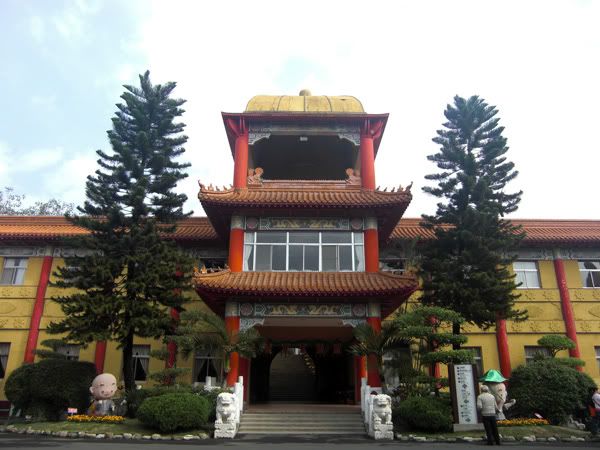
Going through the Pilgrims Lodge is another flight of stairs to the Padmagarbha Gate (华藏玄门).
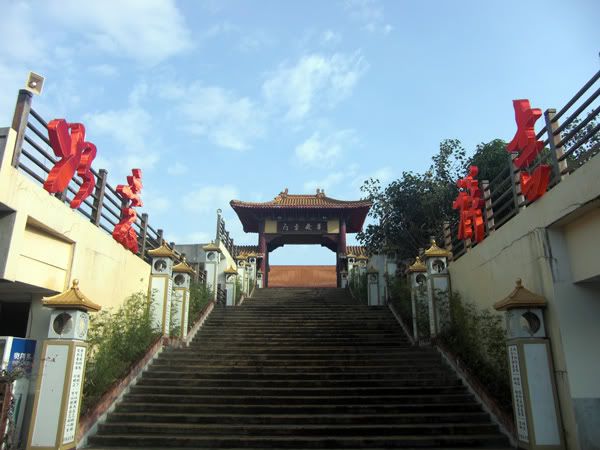
Here is The Way to Buddhahood (成佛大道) to the Main Shrine (大雄宝殿) of the Fo Guang Shan monastery. The main shrine is extremely large. (note: these photos are taken during the early morning before the crowds start coming in at 9am. As such, Fo Guang Shan looks quite empty). There is a large bell to the front where visitors can ring it to welcome the New Year.
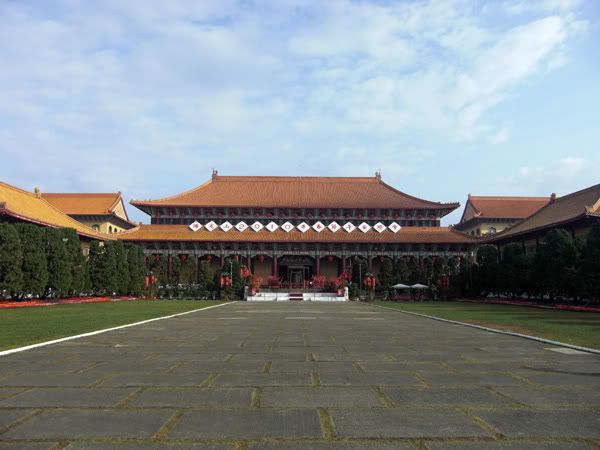
Here is a challenge put to us. We were handed a card and for each places of interest we visit in the monastery, a stamp will be given. After we have collected a number of stamps, a souvenir will be given to us. So here we begin~
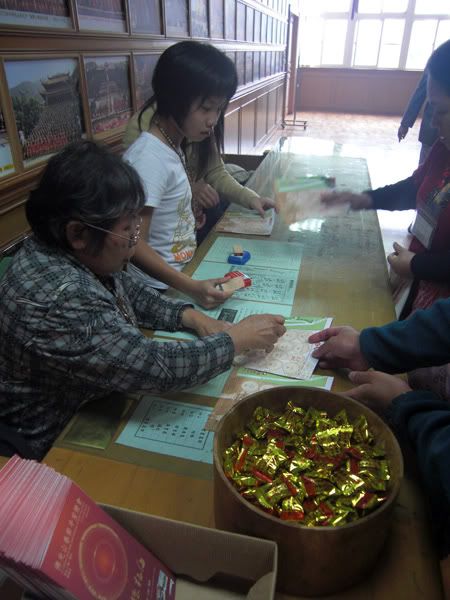
The first stop is the Main shrine hall. There are 3 large Buddhas representations in there signifying Buddhas from the Past, Present and the Future. It is an extremely large hall and I believed it can accommodate thousand of people in it easily.
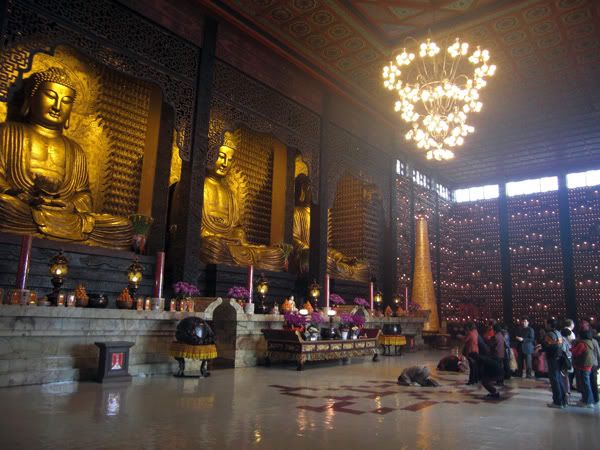
Behind the Main Shrine is the Tathagata Building.
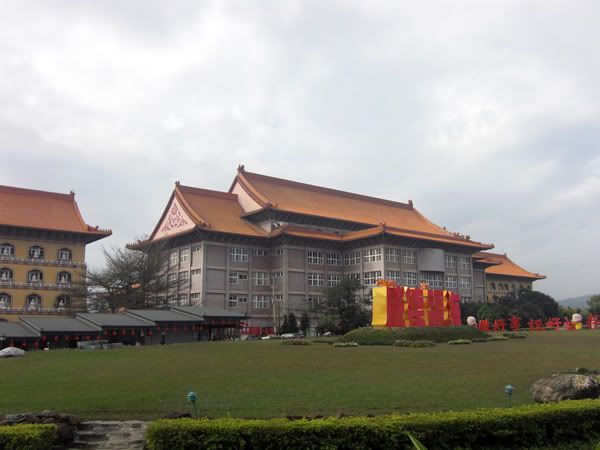
Before going to the Tathagata Building, we visited the Fo Guang Yuan Art Gallery (佛光缘美术馆) which is between the Tathagata Building and the Main Shrine. It showcases the different traditions of Buddhism and on humanistic Buddhism.
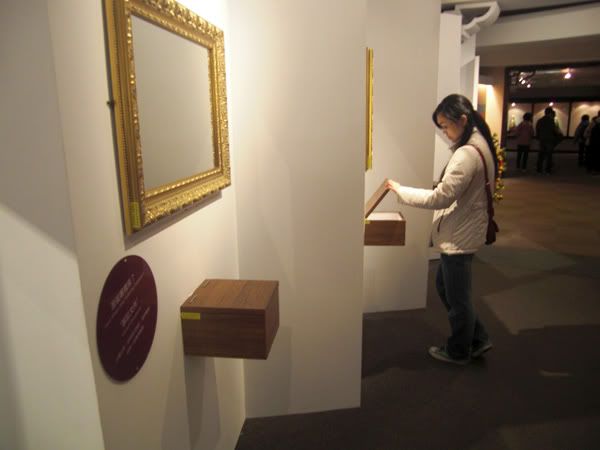
Then we proceeded on to the Tathagata Building, following the crowd to the 4th floor. The Buddha Tooth Relic Shrine (佛牙舍利殿) is opened for visitors and we joined in the briefing. No photos are allowed in the Buddha Tooth Relic Shrine.
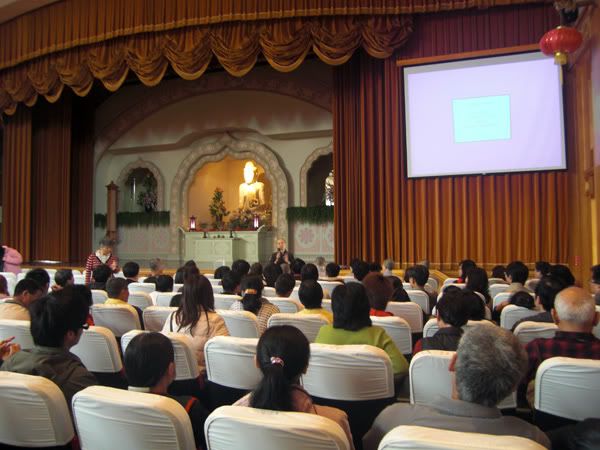
A level below the Buddha Tooth Relic Shrine is the Meditation Hall (禅静法堂). It appears to be converted into lodging places for the volunteers during this period.
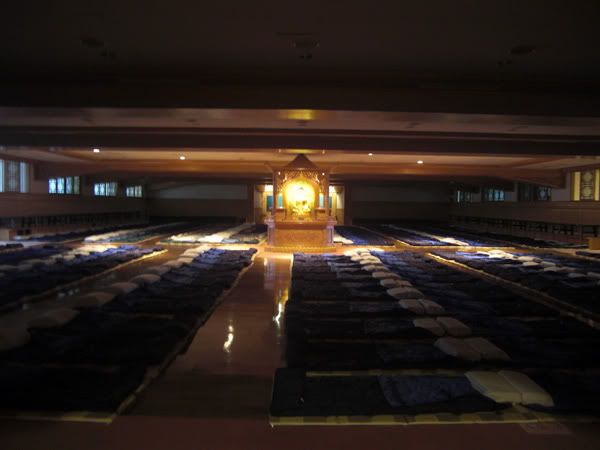
Next to the Tathagata Building is the Jade Buddha Hall (玉佛楼).

On the 7th floor is the Amitabha Chanting Hall. It is a very peaceful and quiet place. We spent some time here relaxing and enjoying the tranquility. The elevator here leads to the first floor which is towards the entrance to the Cloud Dwelling Building (云居楼).
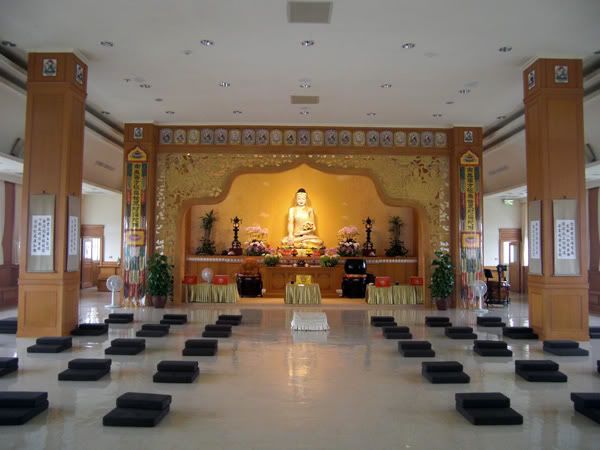
For one of the lunch session, we went to the Cloud Dwelling Building for their traditional lunch. There is also a morning breakfast session but we skipped it as it requires us to be ready at 5.30am for it. It is a large hall indeed, heard it can accommodate up to 2,000 people.
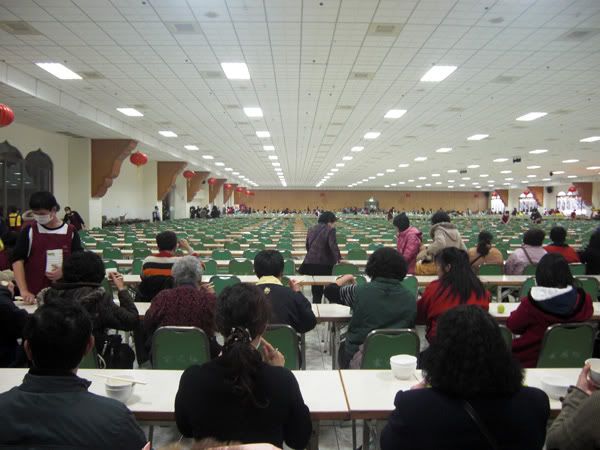
There are certain protocols to follow when having our meals there. For lunch there is a bowl for the main dish and one for soup with a fruit (黑金刚). I was very curious how does 黑金刚 looks like since I heard about it last year August. 小a handed me a large bag of the fruit as a gift. Her family cultivate large plantations of this fruit.
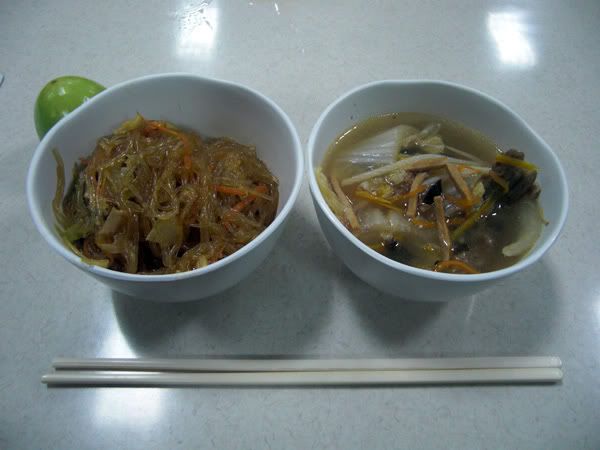
It is recommended that everyone have their meals in silence and in complete mindfulness (on how we handle our bowl, our chopsticks, handling the food, requesting for more and finishing our meals). For a typical hurly burly urban dweller, meals are done in a quick fashion manner. This meal have to be done in absolute clarity, being in the present at all times. I shared the Meals Taking Etiquette below.
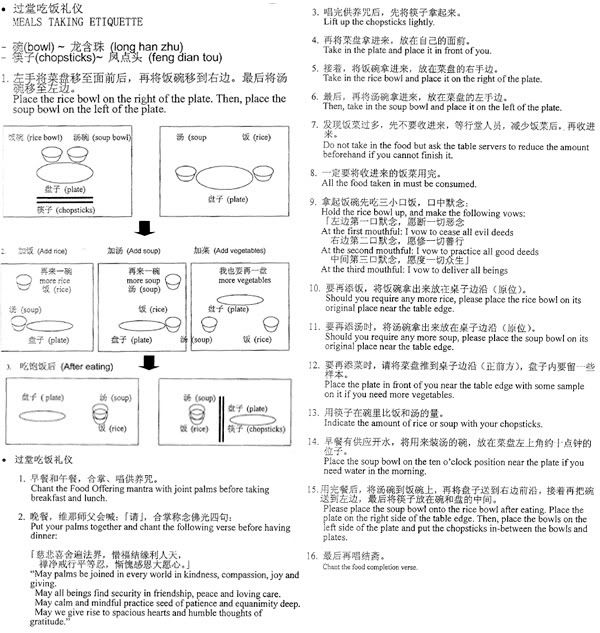
There is this 'secret' restaurant behind the Dharma Transmission Center. The only way to get there is to transverse the path between Cloud Dwelling Building and the Dharma Transmission Center. It gives a beautiful long-distance view of the region. It is worth a try. We stumbled upon it when climbing up from the Longevity Memorial Park. Now back to our adventure, just a few steps away from the Cloud Dwelling Temple is the Lumbini Garden (蓝毗尼园).
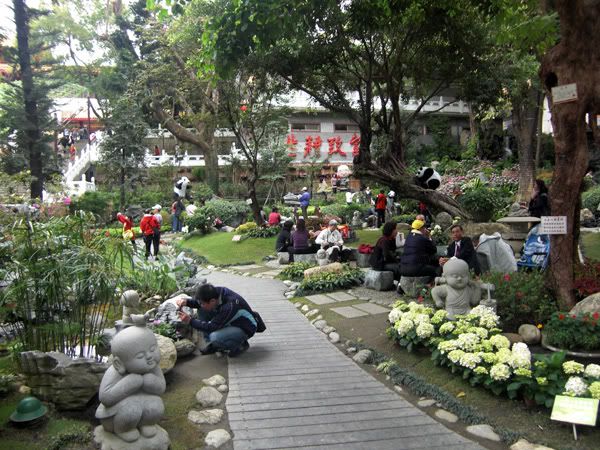
Fo Guang Shan TV broadcast room is located next to the garden and visitors can take photoshots of them 'on air'.
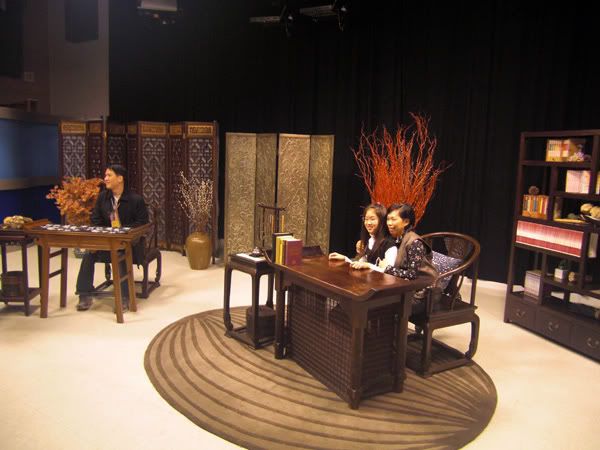
Here is our group photo.
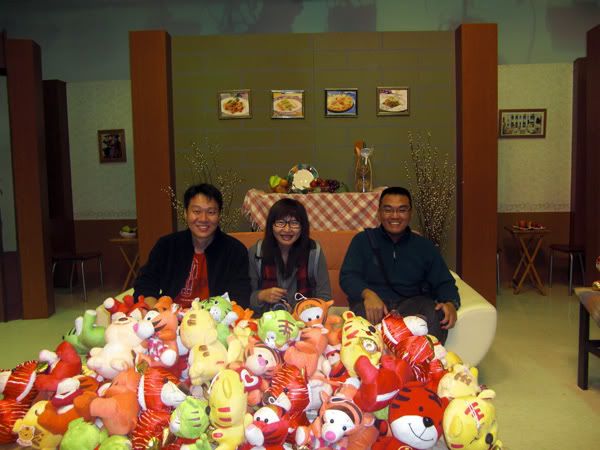
Next to the Lumbini Garden is the Exhibition Area of the Buddha Memorial Center (佛陀纪念馆展示区). The hall housed a Thai-designed Buddha representation.
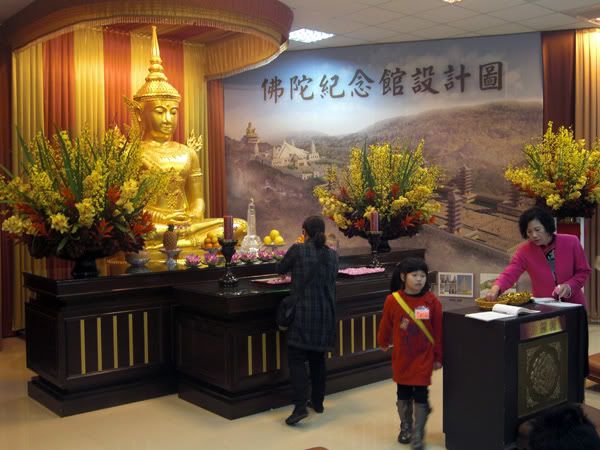
We went on to the Buddha Museum (宝藏馆). According to the guide, it will take 15mins to walk from one end to the next. If we were to go through each and every exhibits, it will take around 1 hour.

There is this unique room of mirrors, depicting the vast and infinite Buddhas and Bodhisattvas.

We moved on towards the eastern side of the monastery, starting with the Great Wisdom shrine (大智殿). This side of the monastery gives a panoramic view of the river and the distant horizon.
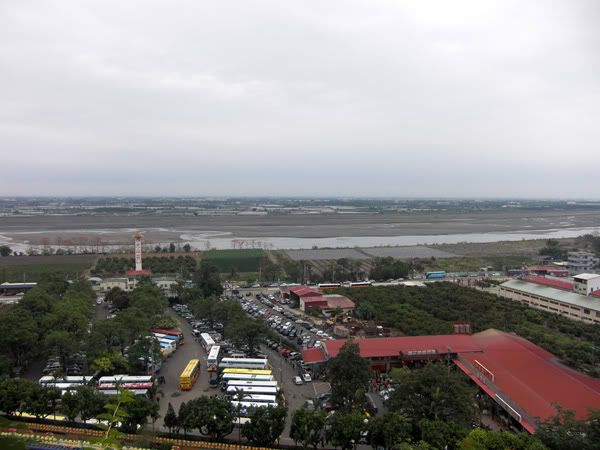
While walking up to the Great Buddha Land (大佛城), there is a pavilion, Dragon Pavilion (龙亭) as it is called for visitors to rest. Drinks and resting places are abundantly provided throughout the monastery, ensuring visitors have a great and memorial time in the monastery. It is a Pure Land indeed.
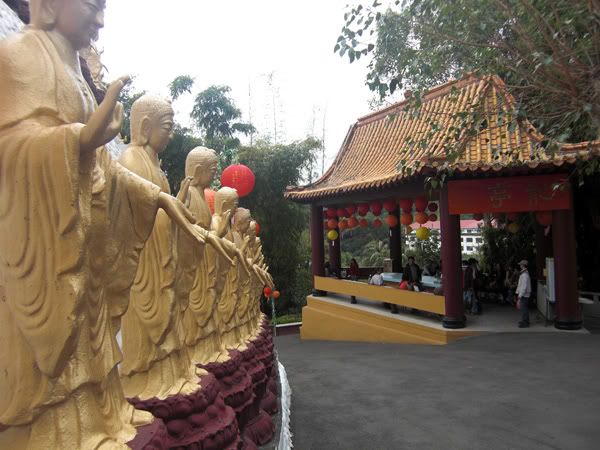
On the base of the Great Buddha is a passageway where thousands of Buddhas line the walls.
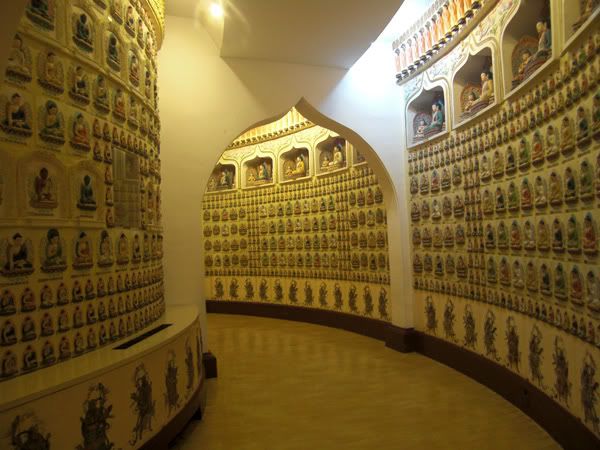
Here is the Great Buddha on a fabulous morning.
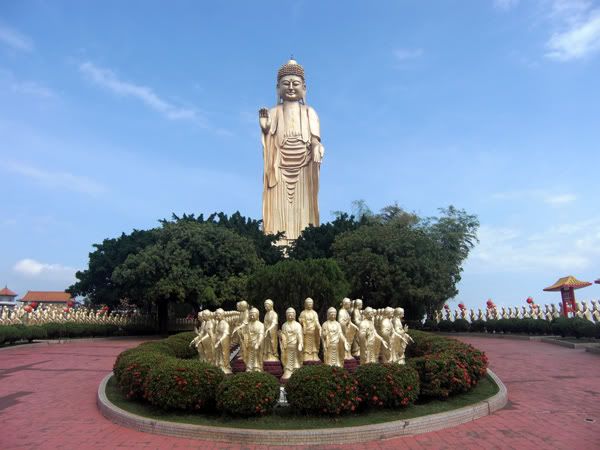
And the thousands of Gold Buddha surrounding it. The hand reaches out to the people.
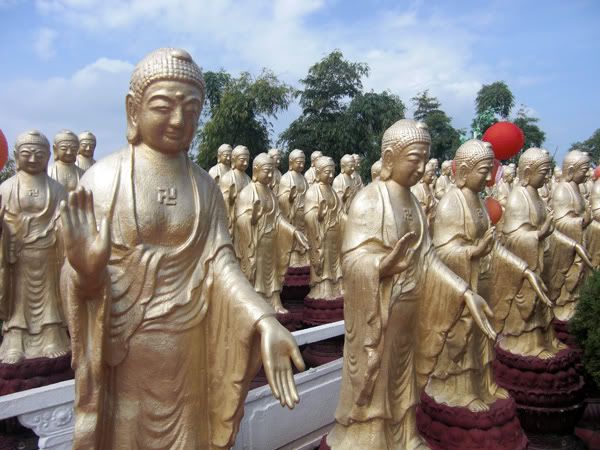
Here I am taking a photo. This gate leads to the Great Vow Shrine (地藏殿).
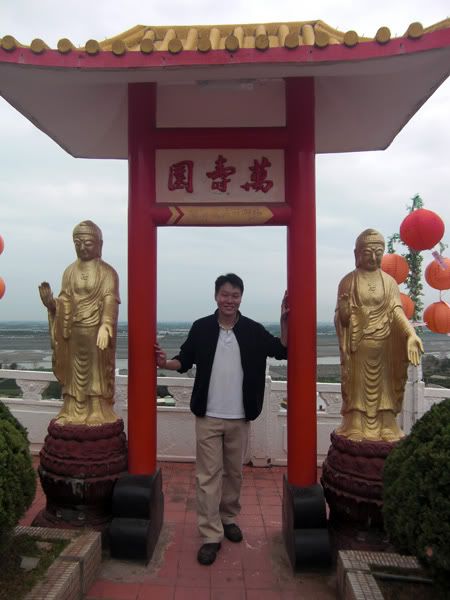
The are many representations of Ksitigarbha Bodhisattva at the Great Vow temple. The Ksitigarbha Sutra tells the story of Ksitigarbha Bodhisattva and the great vow he has made.
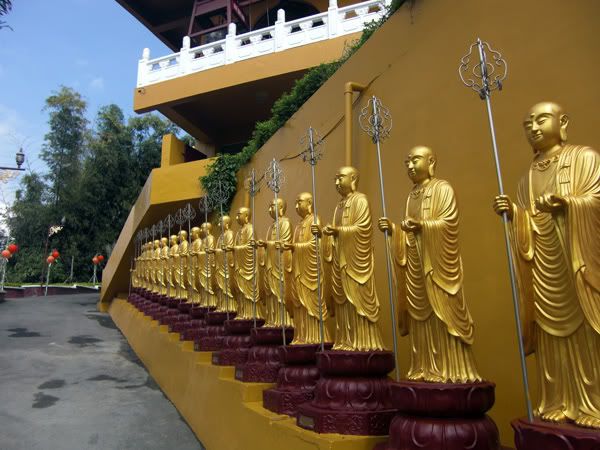
While at the temple, YS and me took a group photoshot while ringing the bell.
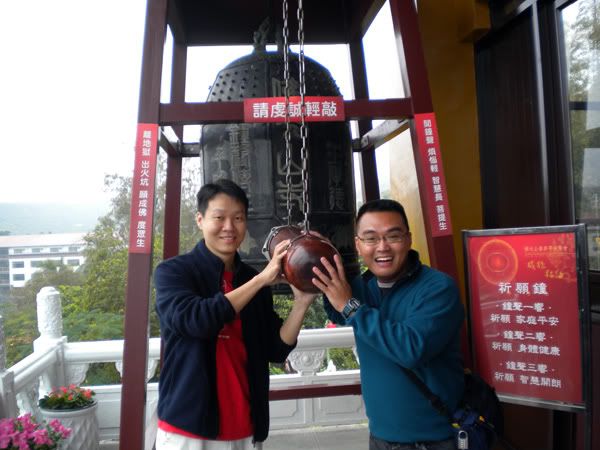
Here is the Longevity Memorial Park (万寿园), these are actually tombstones. Notice the 6 pagodas (actually there are 7) at the top, this section is off-limits to visitors. These are where the venerables staying.
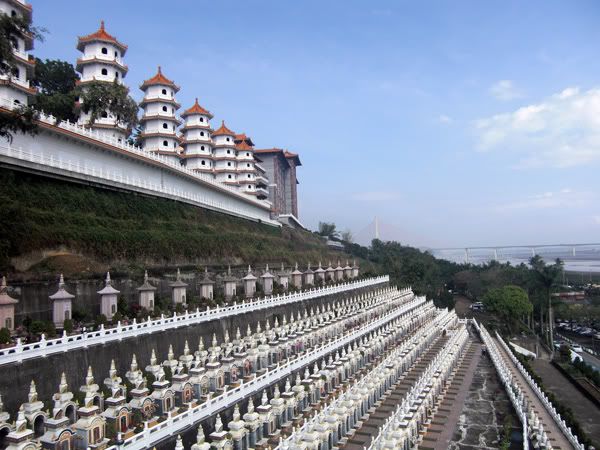
Just next to the Non-Duality Gate is the entrance to the Pure Land Cave (净土洞窟). Here is Amitabha Buddha in great embrace.

The 10 great Arahat disciples of the Buddha. It is like Singapore's Hwa Par Villa. Except there are no images of hell, only images of the Buddha's Pure Land. It is heavenly.
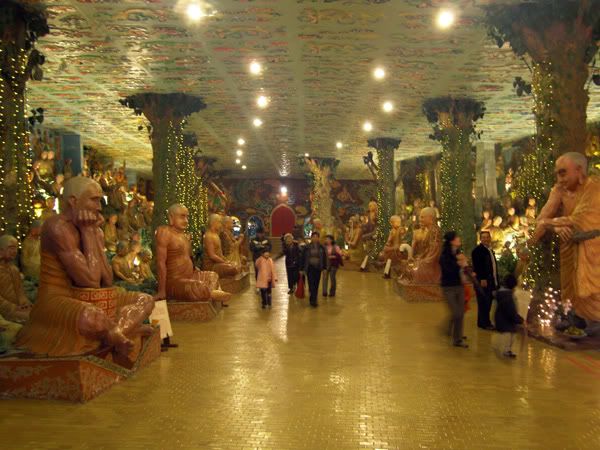
Ok. The below photo is funny.
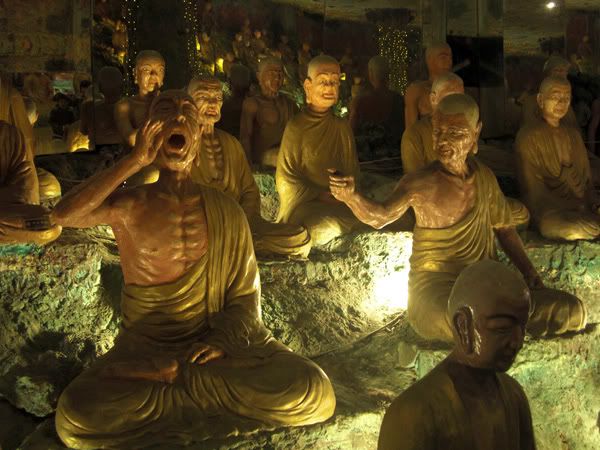
A rainbow bridge.
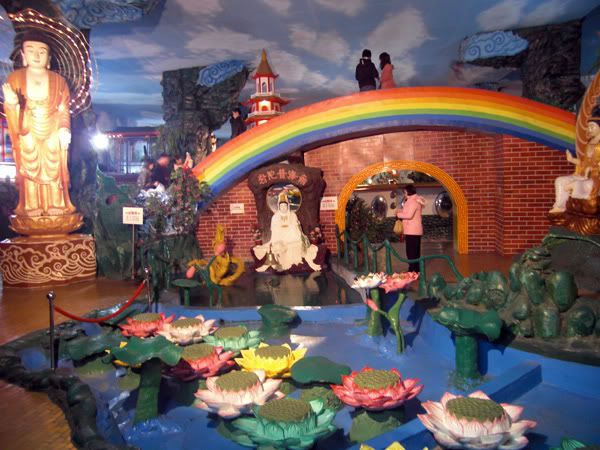
That's me alright~

Directly facing the Non-Duality Gate is the Avalokitesvara (Guan Yin, Chenrezig, Kannon) Pond - 观音池.
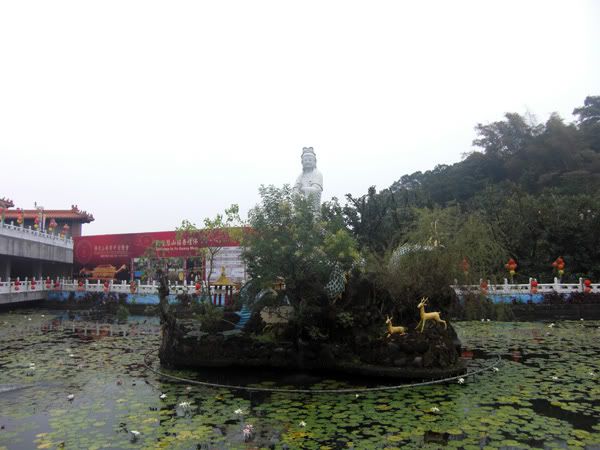
Beautiful lotus grow out from the pond.
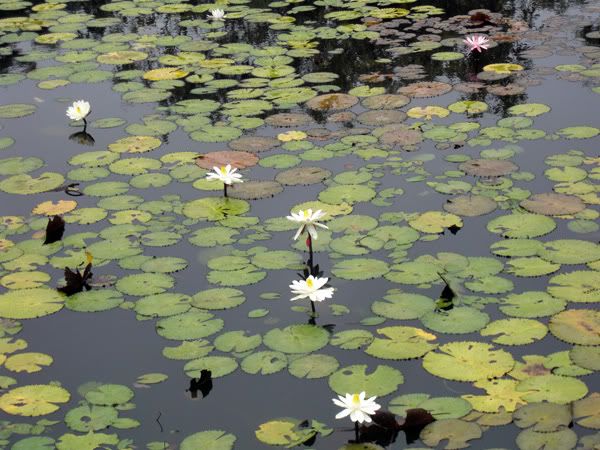
We went to the Great Compassion Shrine (大悲殿) which is just off the Pilgrims Lodge. Leading to the Shrine is the Precious Bridge (宝桥). The Precious Bridge looks more beautiful at night.
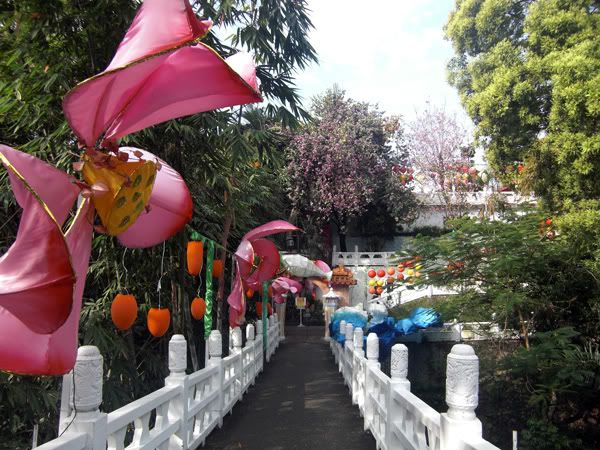
Many devotees wrote well wishes for the New Year and placed it up.
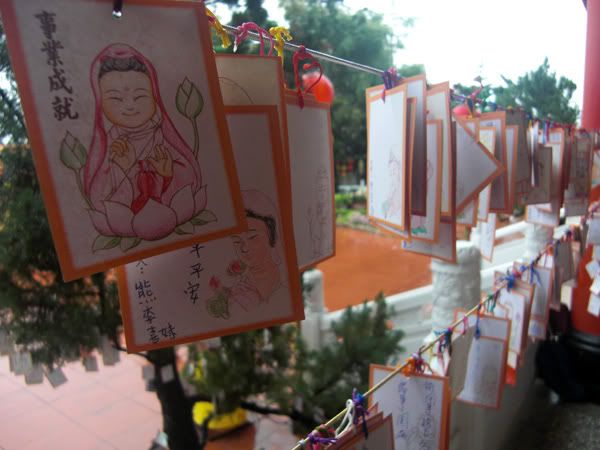
On each the morning, there is a prayer session and we joined in for 30mins.
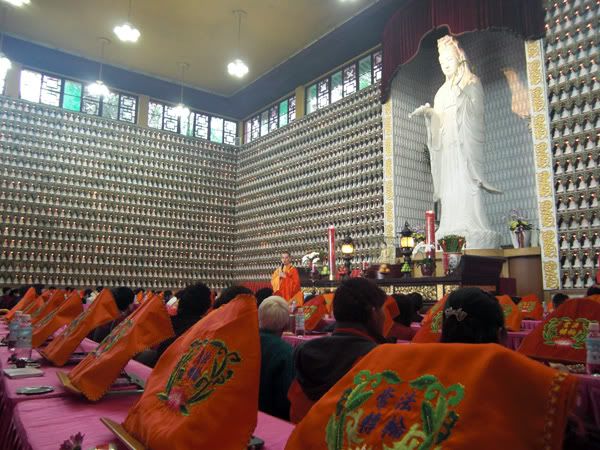
The many light offerings in the Great Compassion Shrine.
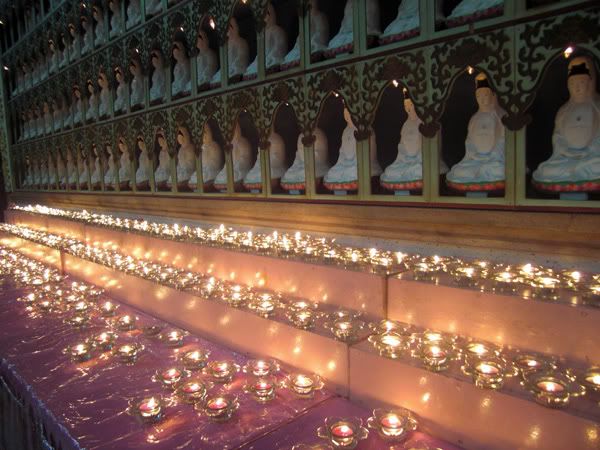
At 5.30am and 4pm each day, there is a 3-step 1-bow ceremony (朝山礼佛). Since it rained during the 2nd and 3rd day, it is shifted indoors along the passageway surrounding the Main Hall.

Normally we have our dinner back in the Pilgrim Lodge. Here is the restaurant. There are also many other restaurants through the monastery grounds. They are known as Di Shui Fang (滴水坊). There is one next to the Avalokitesvara Pond, one next to the Fo Guang Yuan Art Gallery and one in the Dharma Transmission Center (please read above for access to the last Di Shui Fang). Since the New Year festival is ongoing, there are also many make-shift shops selling food all over the place. For breakfast, we decided to go non-vegetarian and have our meals just next to the main entrance of Pilgrims Path. So you will never go hungry in Fo Guang Shan.
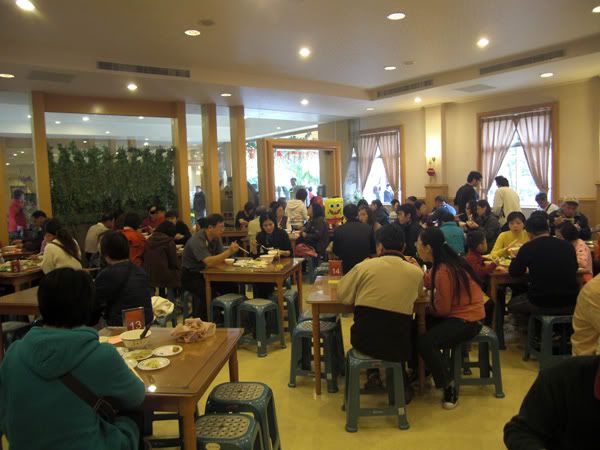
There is a great selection of food which we can choose from. We just inform the counter staff of our room number and where we are seated, then they will deliver the food over to us. We have to get the rice and soup ourselves though.
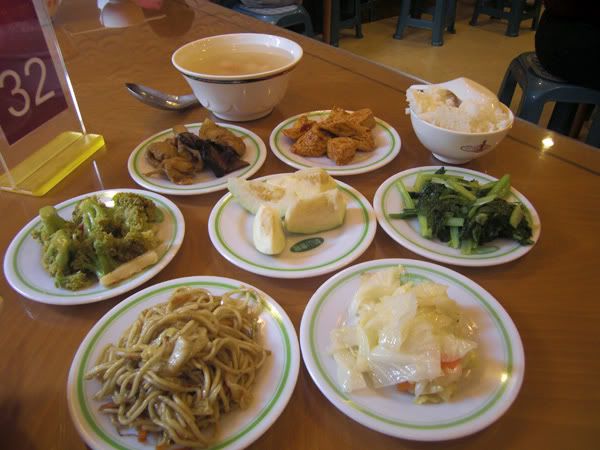
During the evening, we decided to try out our calligraphy skills in the Calligraphy Hall (抄经堂).
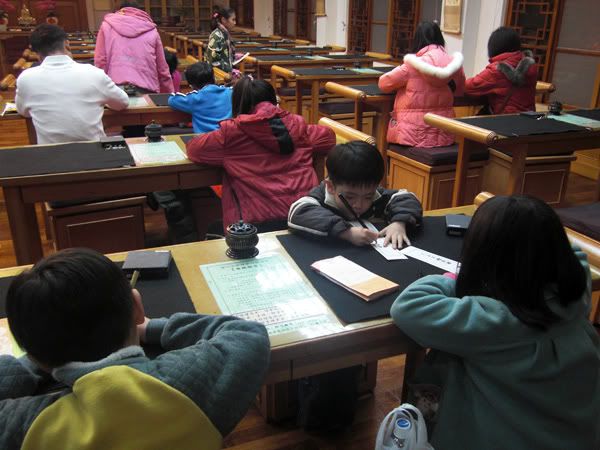
Ok. It's my first time holding a chinese calligraphy pen.
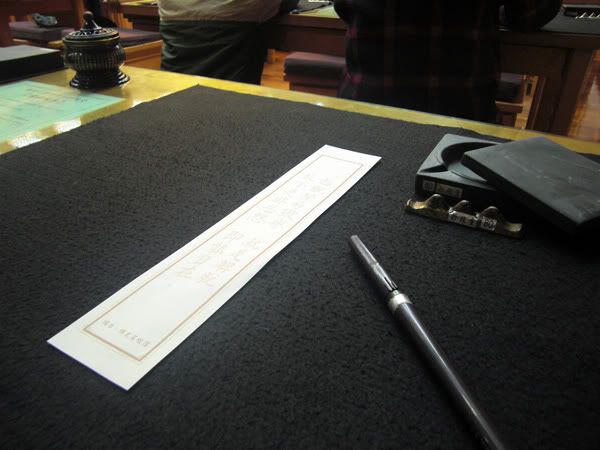
The end result. From left is 小a, next is mine and the right is YS. I heard that Taiwanese learned calligraphy at the young age, so that explains the great difference in 'writing style'
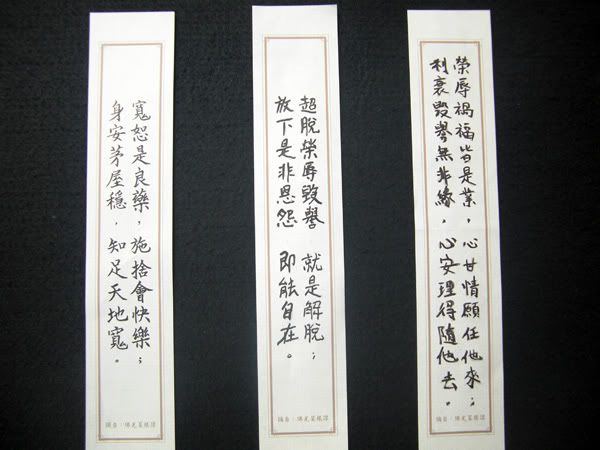
On one of the evenings, we decided to visit the Great Practice Shrine (普贤殿). The Great Practice Shrine is a distance away from the crowded places. So it is a great place to chill out and catch some peace, away from the people. We were fortunate on that evening in that we have a conversation with the Shrine abbot and some of the locals. The abbot stayed several years in Africa before and is well-versed in calligraphy and traditional chinese painting. Here he is explaining to us on how we can master calligraphy. He also gave us a calligraphy writing. It is written 观自在 (the first 3 words of the Heart Sutra).
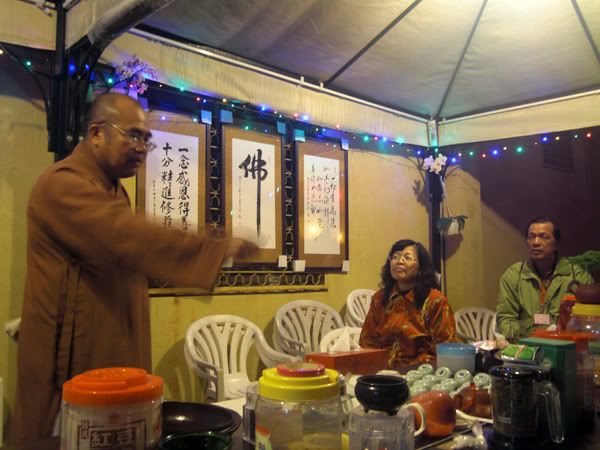
Thereafter we proceed on to the Borders-like bookstore, the Fo Guang Shan Cultural and Educational Promotion Center (文教广场). There are many seats and tables here for people to sit and read books or watch the shows put on air.
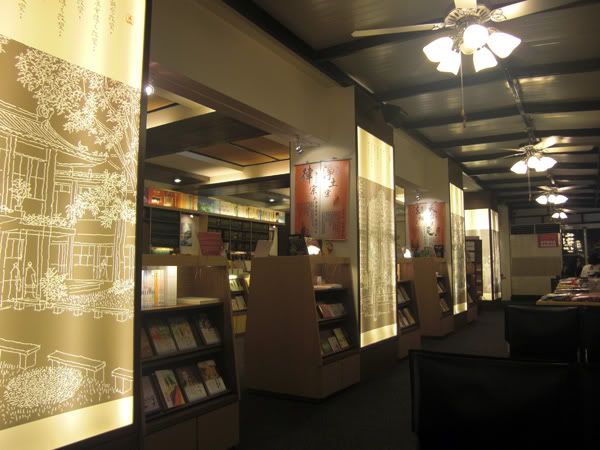
It took us 2 days to complete the entire visitors card.
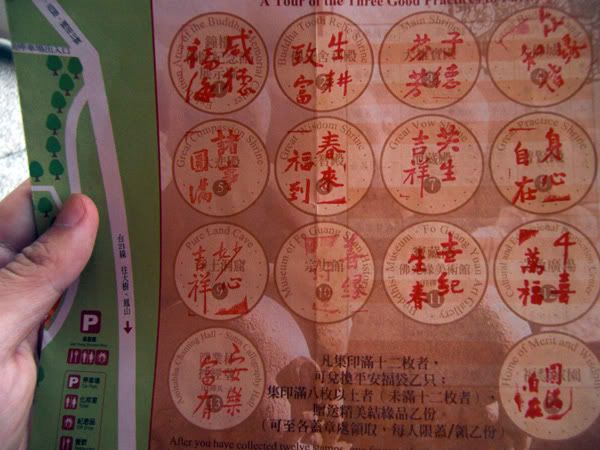
We left on the 20th (Saturday) morning. Just before we left, this sign on the gate greeted us. It means the Path to Enlightenment is here. Going out means back to the world of Samsara. Very true indeed.
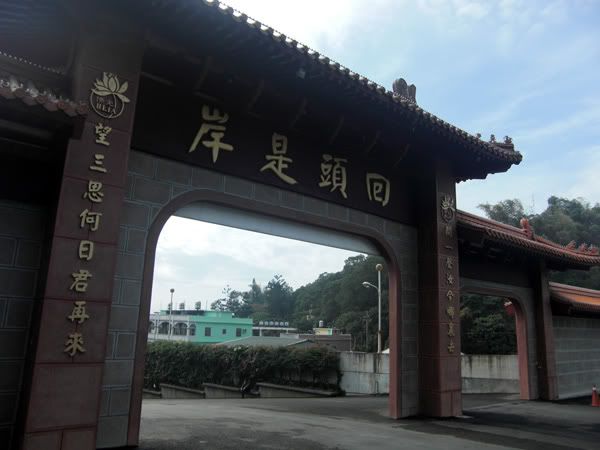
Even during the second last day of their long holidays, there were still crowds coming in. I believed there were tens of thousands of unique visitors each day. Here is the photo of the Pilgrims Path (朝山步道).
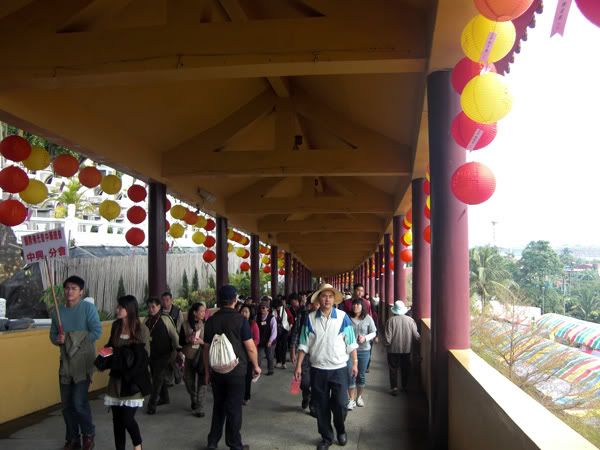
For visitors coming to Southern Taiwan for the first time, besides Kaohsiung city, Fo Guang Shan is a must visit destination.